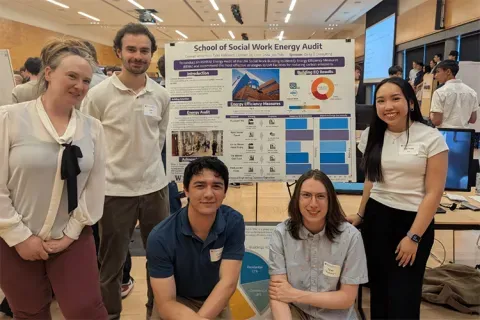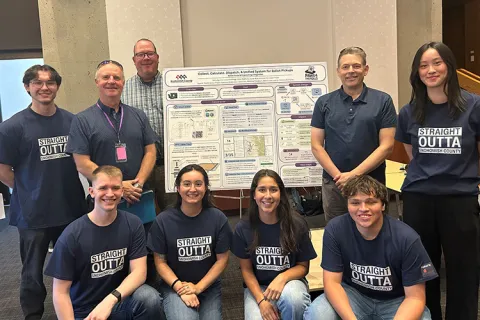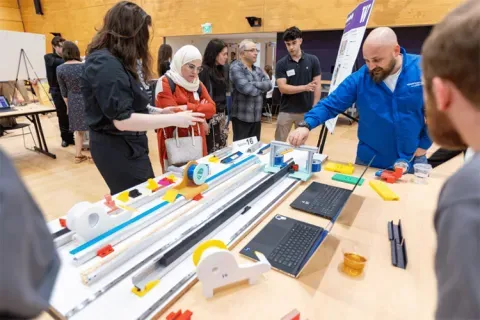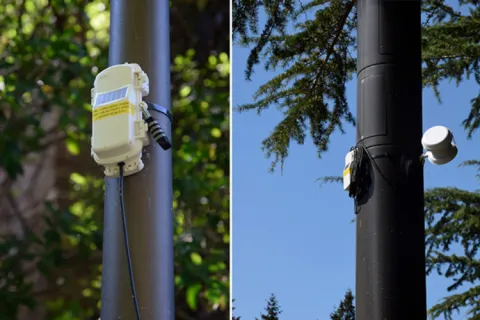Boeing
Structural Effects of Moisture Ingression of Aramid Core
Honeycomb core panels (sandwich structure – typically airplane control surfaces and fairings) have been known to collect moisture during the operation of an airplane. The entry points for moisture ingression are commonly from impact damage, missing/damaged sealant or missing/damaged finishes. During Ground Air Ground (GAG) cycles, moisture can accumulate in the honeycomb core cells. During repair/maintenance activities, the moisture is removed and dried out. Often, it is assumed that there is degradation in the strength characteristics of the honeycomb core and the core is removed and replaced. To better predict the strength degradation, this student team worked to have a physical test and/or an analysis method that would provide the data necessary to alleviate the need to remove and replace the honeycomb core and substantiate that the core maintains adequate strength. This student team sought to learn how to develop a test procedure to characterize the effects of moisture ingression in honeycomb core panels and whether those effects are reversible when exposed to typical repair drying procedures. Outcomes the students worked towards included: 1. Documenting results of mechanical testing of soaked vs. control coupons. 2. Publishing conclusions and recommendations of testing
Faculty Adviser(s)
Luna Yue Huang, Materials Science & Engineering
Related News

Mon, 10/13/2025 | UW Mechanical Engineering
Capstone collaboration leads to award
An ME capstone team received first place for its energy audit of the UW School of Social Work building.

Thu, 07/17/2025
UW engineering students develop smart ballot solution
UW engineering students develop smart technology solution to improve ballot collection for Snohomish County.

Mon, 07/07/2025 | UW Mechanical Engineering
Capstone creations
Students displayed innovative capstone design projects at the 2025 expo.

Fri, 09/20/2024 | UW Civil & Environmental Engineering
Smarter irrigation for a greener UW
A new project combines satellite data with ground sensors to conserve water and create a more sustainable campus environment.